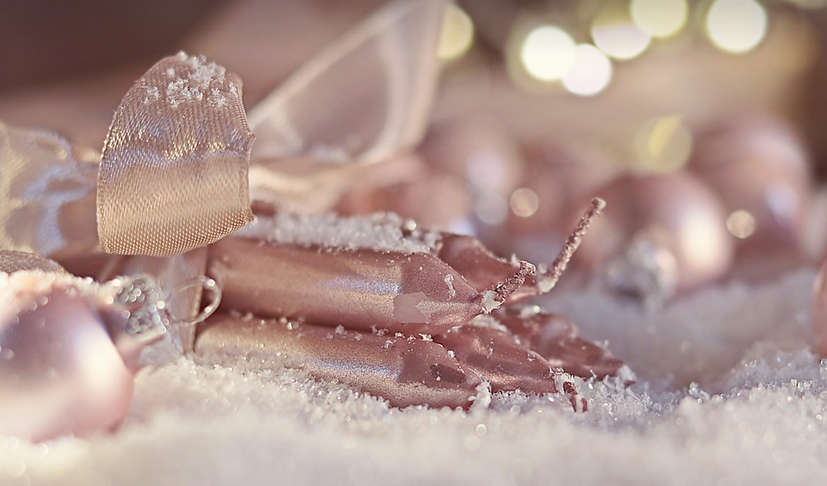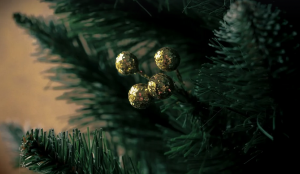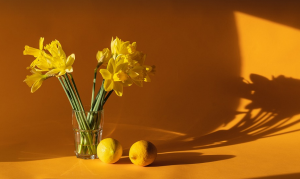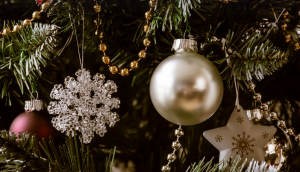
Elevate Your Presentation: Beyond the Basic Board
Let’s be honest, science fair boards have a reputation. They can feel like dusty old textbooks, filled with dry graphs and cryptic data. But the truth is, your science fair board should be more than just a visual summary of your experiment! It’s an extension of your project, a window into your scientific curiosity, and the chance to wow your judges. This year, let’s ditch the tired tropes and embrace creativity.
Creating a captivating board isn’t about flashy graphics or intricate 3D models; it’s about telling your story in a unique way that truly captures your project’s essence. Let’s dive into some innovative ideas to help you stand out from the crowd and showcase your scientific prowess like never before.
## The Power of Storytelling: Weaving Your Project’s Narrative
Your Science Fair board should tell a story, not just list facts. Imagine it as a captivating narrative – one that introduces the problem, lays out your experimental solution, presents your findings in an engaging way, and ultimately demonstrates the significance of your research.
Start by crafting an “Introduction” section, setting the stage for your project and explaining why you’re passionate about exploring this topic. Introduce your audience to the question at hand – what problem are you trying to solve?
Next, delve into your experimental method. Explain your thought process in a clear and concise manner. What were your hypotheses? How did you design your experiment? And how did you collect your data?
Then, present your findings! Use visuals like graphs, charts, and photographs to illustrate your results. Don’t just show numbers; tell your audience what these numbers mean. Use storytelling techniques such as cause-and-effect explanations or compare and contrast approaches to explain your key findings.
Finally, connect your research to the bigger picture. How do your results contribute to our understanding of this scientific area? What’s the next step in your research journey, and what potential applications does your work hold?
## Engaging Your Audience: Beyond the Standard Format
Traditional science fair boards can sometimes feel sterile and predictable. To truly captivate your audience, think outside the box! Here are some exciting ways to give your board a unique makeover:
**Interactive Elements:**
Incorporate interactive elements that draw your viewers in. Consider adding:
- **A mini-experiment zone**: Set up simple experiments related to your project that allow people to test out the scientific principles you’ve explored.
**Visuals with a story**: Instead of just graphs, use engaging visuals like infographics or interactive maps. These can help explain complex data and make your board more engaging.
**Technology Integration**: Embrace technology! Incorporate videos, animations, or even augmented reality (AR) elements to bring your project to life.
## Get Creative: Explore Unique Board Styles
Let’s talk about visual flair. A well-designed board isn’t just about conveying scientific information; it’s about creating an immersive experience that leaves a lasting impression.
**Theme It Up:** Choose a theme that aligns with your project’s subject matter. For example, if you’re investigating the effects of pollution on marine life, your board could have a beach-themed design with waves and aquatic creatures as visual elements.
**Nature’s Canvas**: Embrace nature themes to create a stunning visual display. Incorporate natural materials like wood, stone, or even dried flower arrangements. This adds a touch of elegance and allows you to bring nature into your project’s presentation.
**Interactive Elements:**
Instead of just text on a board, engage your audience with interactive elements that are visually appealing:
- **Pop-up charts**: Create visual displays that pop out from the board, revealing key details about your project in an engaging way.
## A Few More Tips to Get You Started
Here are some additional tips to help you craft a winning Science Fair Board in 2025:
**Use high-quality visuals:** Clear and crisp images, graphs, and charts will make your board look professional. If you have the budget, get high-resolution photographs to showcase your project’s findings.
**Keep it concise:** Avoid overcrowding the board with too much information. Focus on key points and use bullet points, headings, and visuals to help guide your audience.
**Make it informative:** It sounds obvious, but your project needs to have a clear explanation of what you did and why it matters.
**Add color and texture:** Use color schemes and textures to create visual interest. Don’t be afraid to experiment with different approaches.
**Less is more!**: Your board doesn’t need to be a masterpiece. The best design is one that feels easy to understand and engages the audience.
## 2025: The Year of Creative Science Fair Boards
The future of science fair boards is all about innovation and creativity. This year’s boards are not just about showcasing scientific knowledge, but about sparking curiosity, sparking conversation, and inspiring a love for STEM in young minds.
So go forth, experiment, and unleash your inner artist. Your board should be an expression of the passion you have for science—and it could win you the best project award!


